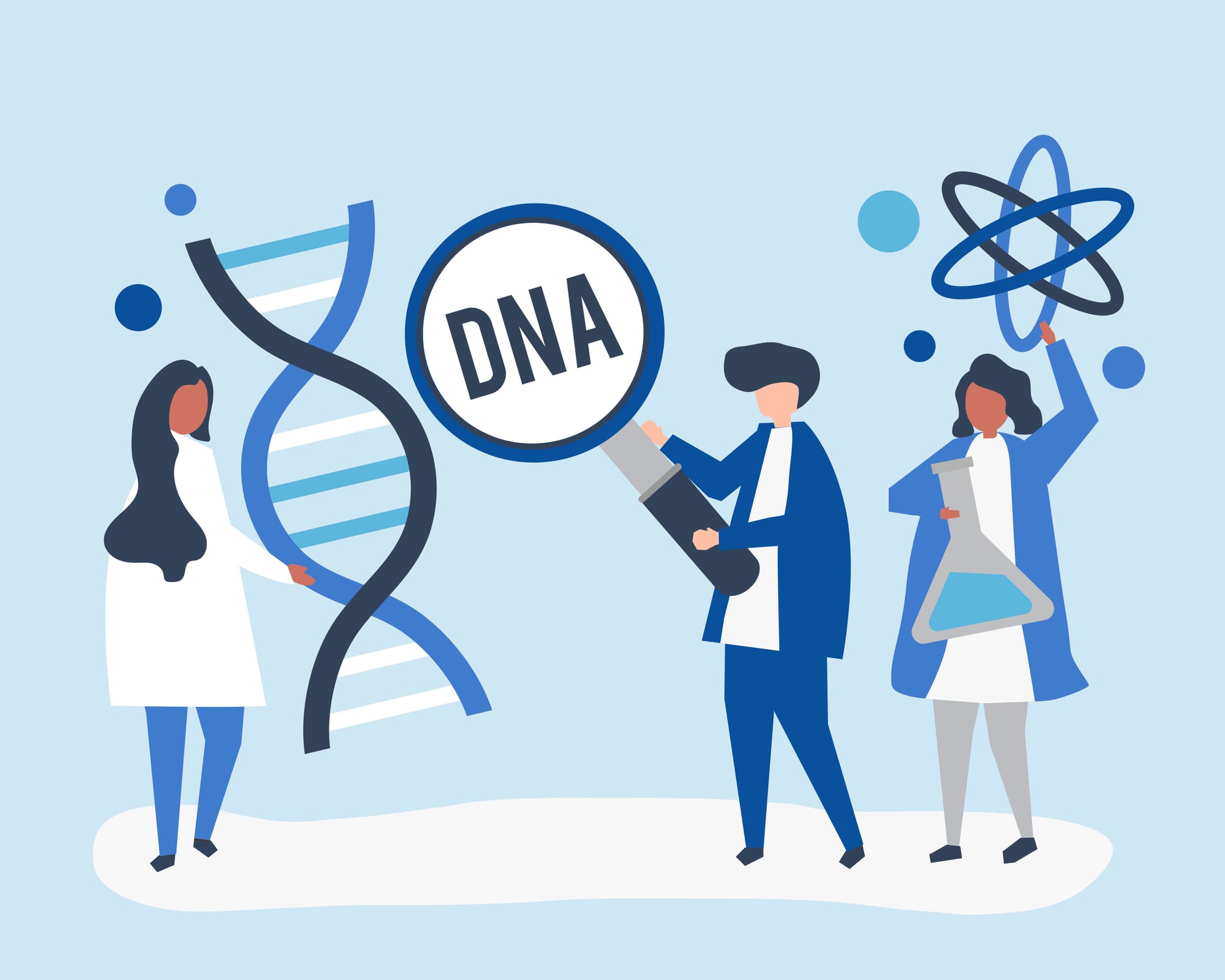Find the DNA sequence

Image Designed by rawpixel.com / Freepik
In genetics, we are interested in studying the molecule that contains all the information about living creatures, in other words the DNA. However, each DNA strand is huge! For example, when it comes to humans, if you stretched the DNA in one cell all the way out, it would be about 2m long and all the DNA in all your cells put together would be about twice the diameter of our Solar System. So in order to study it, we need to cut it in shorter pieces and also the other way around: when we have DNA chunks, assemble the initial DNA sequence. This method is called DNA sequencing.
There are many methods of DNA sequencing, one of them is called shotgun sequencing. In shotgun sequencing, we randomly break up DNA sequences into lots of small pieces and then we reassemble the sequence by looking for regions of overlap. You can imagine shotgun sequencing as being a bit like shredding multiple copies of a book (which in this case is a genome), mixing up all the fragments and then reassembling the original text (genome) by finding fragments with text that overlap and piecing the book back together again.
In the following experiment, we will use some DNA pieces, to try and find the initial, long sequence of the DNA.
You will need:
- Printable DNA sequences that you can find here: sequence reads.pdf
- A pair of scissors
- Sellotape
Instructions:
Print the DNA sequences and cut them carefully. Try to find sequences of bases that overlap and create an overlapping domino. When you combine all the DNA pieces, stick them together and you will have the initial DNA molecule.
Example:
Strand | Sequence |
|---|---|
Original | AGCATGCTGCAGTCATGCTTAGGCTA |
Shotgun sequences | AGCATGCTGCAGTCATGCT----------------------TGCTTAGGCTA |
Don't forget to take photos and send us your DNA strands!